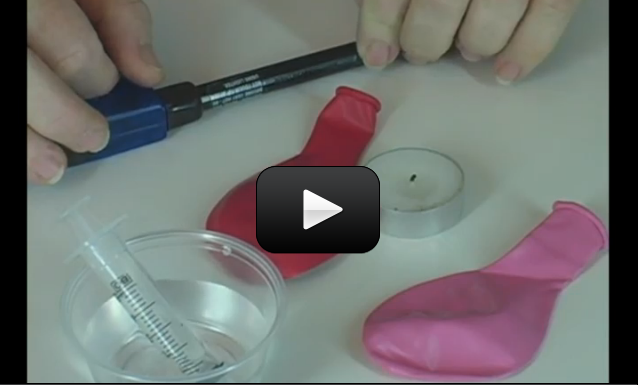If you’ve ever had a shot, you know how cold your arm feels when the nurse swipes it with a pad of alcohol. What happened there? Well, alcohol is a liquid with a fairly low boiling point. In other words, it goes from liquid to gas at a fairly low temperature. The heat from your body is more then enough to make the alcohol evaporate.
As the alcohol went from liquid to gas it sucked heat out of your body. For things to evaporate, they must suck in heat from their surroundings to change state. As the alcohol evaporated you felt cold where the alcohol was. This is because the alcohol was sucking the heat energy out of that part of your body (heat was being transferred by conduction) and causing that part of your body to decrease in temperature.
As things condense (go from gas to liquid state) the opposite happens. Things release heat as they change to a liquid state. The water gas that condenses on your mirror actually increases the temperature of that mirror. This is why steam can be quite dangerous. Not only is it hot to begin with, but if it condenses on your skin it releases even more heat which can give you severe burns. Objects absorb heat when they melt and evaporate/boil. Objects release heat when they freeze and condense.
Do you remember when I said that heat and temperature are two different things? Heat is energy – it is thermal energy. It can be transferred from one object to another by conduction, convection, and radiation. We’re now going to explore heat capacity and specific heat. Here’s what you do:
Please login or register to read the rest of this content.


Conduction is a form of heat transfer, not a type of energy itself. Heat, in a way, doesn’t exist. Nothing has heat. Things can have a temperature. They can have a thermal energy but they can’t have heat. Heat is really the transfer of thermal energy. Or, in other words, the movement of thermal energy from one object to another. Heat can be transferred through conduction, convection or radiation.
For question #3, why is conduction not part of this experiment? Thank you!
It’s more a matter of how much water you have inside of the balloon. Try again?
Hi Aurora! We did this one, but it popped a few seconds later. Does this experiment, matter by size of the balloon, or by water?
Thanks!